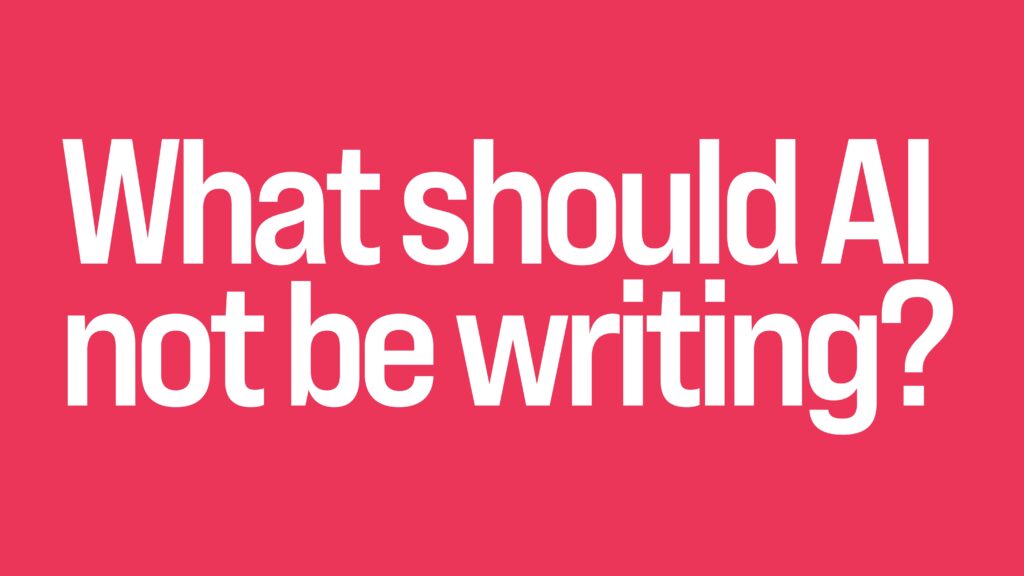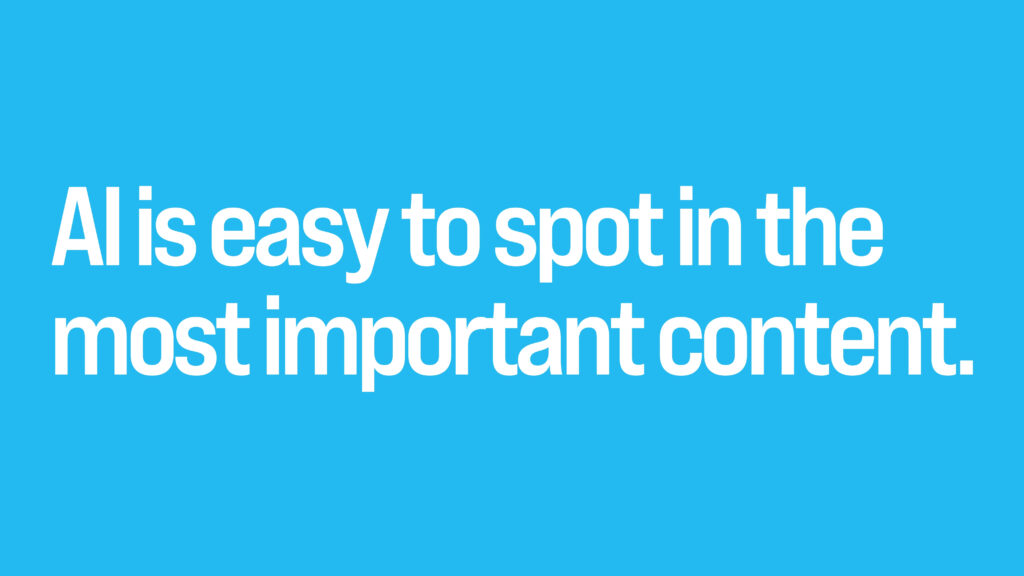
While variations exist by company and industry, these four pieces of content appear regularly on lists of most important content:
Home page/Landing pages
This qualifies as most important content because (a) it’s where many prospects and investors will go first when they hear of you, and (b) because the average prospect is giving you less time to impress them — the average website visit time has dropped by 7.5%. So your website messaging is that much more important.
Pitch decks
The story you use to get financing falls into the “most important content” category because investors look for reasons to say no. Your pitch deck messaging has to steer them away from any minefields.
Emails
An ultimate sign of trust is when a customer or prospect gives you their email address. Everything you send them next is unquestionably in the “most important content” camp because it’s all about maintaining that trust.
Feature content pieces
Warm leads delving deeper into your story will go to the most easily accessible piece of long form content. The argument for including this in the “most important content” discussion is the potential for an immediate reach-out after consumption.
The most important content used to be called “the message.”
Then, around 2009, every business was forced to become a content company. This spurred “content marketing” as an industry. And brands subsequently doubled, tripled and quadrupled down on content creation to create and maintain share of mind in this new age of digital engagement.
But as they produced more content, fewer people were reading it.
Robot saviours?
When AI writing tools like ChatGPT came to market, all that investment in content that no one reads was eliminated. You can produce pages and pages of content in seconds. It can be keyword optimized so it shows up on Google searches. And it can be set to follow all the “best practices,” from how it’s structured to when it’s posted — all for a fraction of what it used to cost.
Nirvana.
But not for the most important content.
Common complaints we’ve heard over the past year from clients who’ve come to us after experimenting with AI for their most important content have included:
- “It’s robotic and clunky and unfriendly.”
- “It’s so easy to spot.”
- “I asked for funny and got cheese.”
- “The facts it gave me were fiction.”

As a consumer yourself, would you be drawn in by a clunky, robotic or unfriendly voice? Would you have an appetite for cheese? And how likely are you to stick with falsities presented as facts?
Your answers would probably be no, no and zero percent. You’d leave, and that would be the end.
Now imagine how much that company spent to find you, only to then turn you off? Imagine having to explain that failure to senior executives. Yikes.
But poor quality is only the #2 risk of using AI for your most important content. This is #1:
If you’re using AI for your most important content, there’s a good chance your competitors are too. And if you both key in relatively the same prompts, you’ll get back relatively the same messaging.
And what if they get to pitch right before you do?
